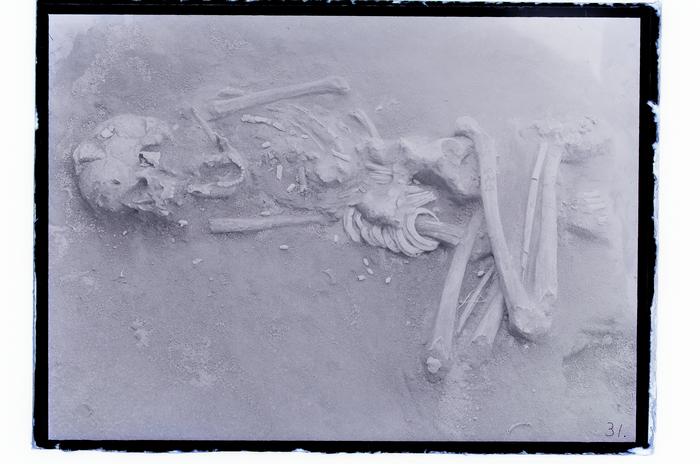Why Did An Ancient Japanese Society Practice Skull Modification?
Posted on Categories Discover Magazine

Archaeologists have recently confirmed that a Japanese society that prospered between roughly A.D. 200 and A.D. 600 on the island of Tanegashima modified craniums for mysterious reasons.
While the recent paper explains that the modified skulls reinforced group identification and belonging, they may also have something to do with the local shellfish trade. The Hirota people clearly valued mollusks, as they lined their graves with funerary goods made from shellfish brought from hundreds of miles away.
That said, the study ultimately can’t confirm the reason for the modifications nor how they would have assisted in the seafood trade.
Misshapen Skulls
Societies all around the world have practiced cranial modification, the method of wrapping an infant’s skull with cloth for the first few months of its life, so its skull fuses in an unusual shape.
The Mayans advanced the technique using a cradleboard-like apparatus, while more recent groups in Europe and Asia have practiced cranial modification as well. In Toulouse, France, low-income parents attached bands and cloths to their babies’ heads as late as the early 20th century.
Unlike many societies, the Hirota practiced cranial modification equally and bound the heads of both males and females. In either case, the binding flattened the back of the skull and shortened the skull’s overall height.
Were the Skulls Altered Intentionally?
The Hirota skulls from the recent study came from a large-scale burial site, which scientists have twice excavated. During the first dig – carried out between 1957 and 1959 – the archaeologists found the misshapen skulls but had no way to tell if they had gotten that way accidentally or by modification. The recent project sought to settle the 60-year-old question.
The researchers analyzed both 2D and 3D images of the skulls and compared them to bones from other nearby archaeological sites, to see if the Hirota’s stood out. They did when compared to those of the Doigahama site from Southwestern Japan, and the same was true of the ancient skulls found on nearby Kyushu Island, those that belonged to the Hirota’s hunter-gatherer predecessors.
3D renderings of skulls excavated from the Doigahama site (left) and the Hirota site (right). Note the flatter back of the Hirota skull.
The team concluded that the results “strongly suggested intentional cranial modification,” according to a statement. Although, the reasons why still remain unclear.
“Our findings significantly contribute to our understanding of the practice of intentional cranial modification in ancient societies,” said Noriko Seguchi, an associate professor at Kyushu University’s Faculty of Social and Cultural Studies, in a statement. “We hope that further investigations in the region will offer additional insights into the social and cultural significance of this practice in East Asia and the world.”